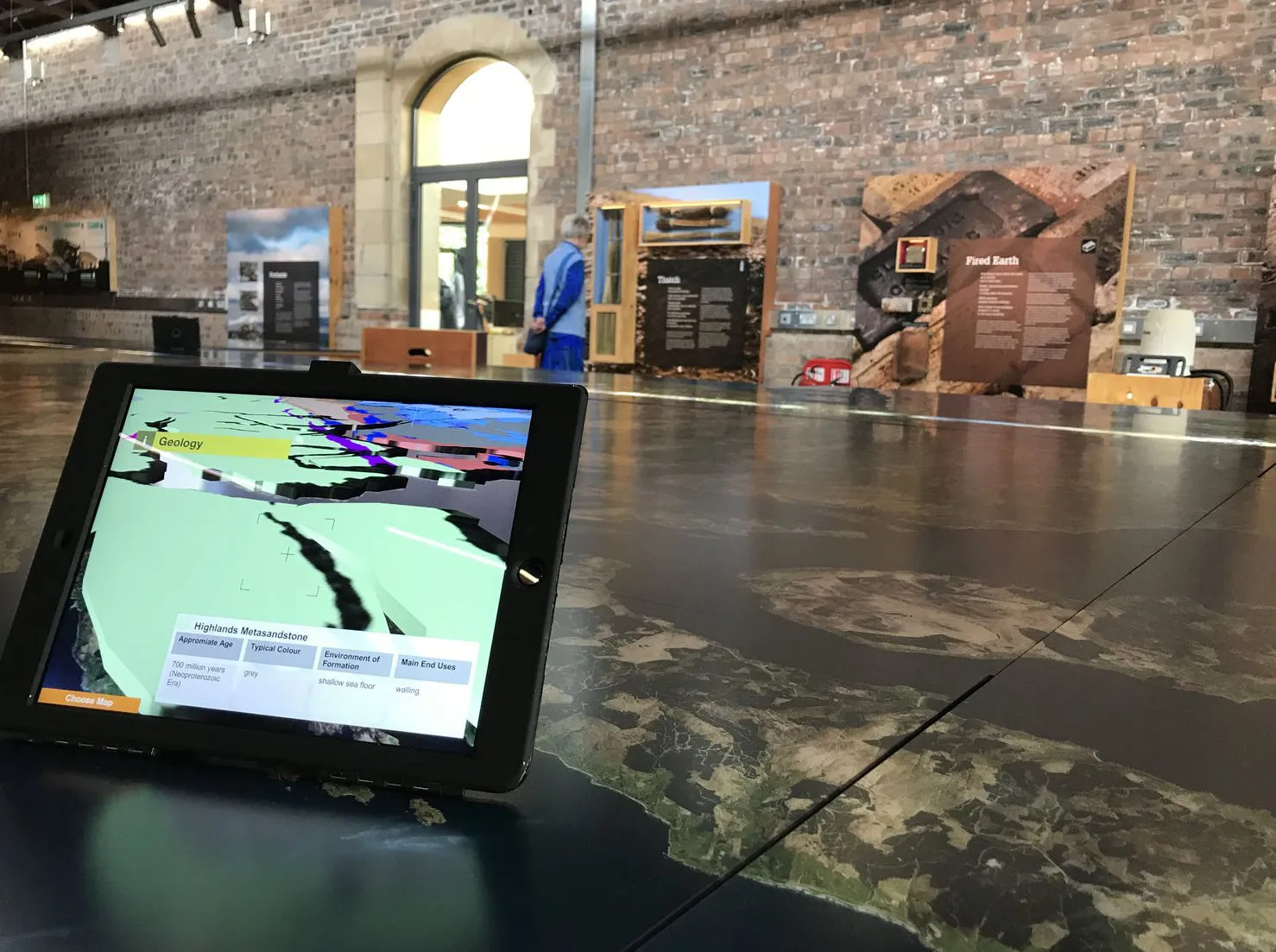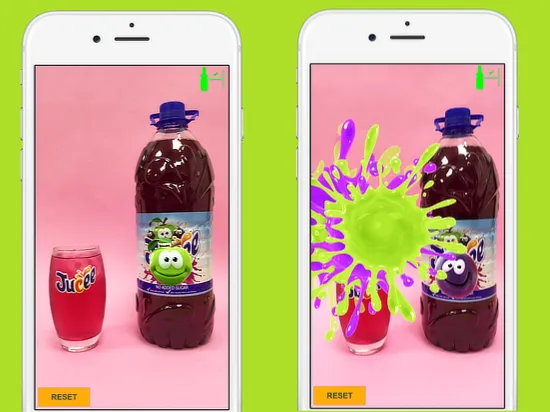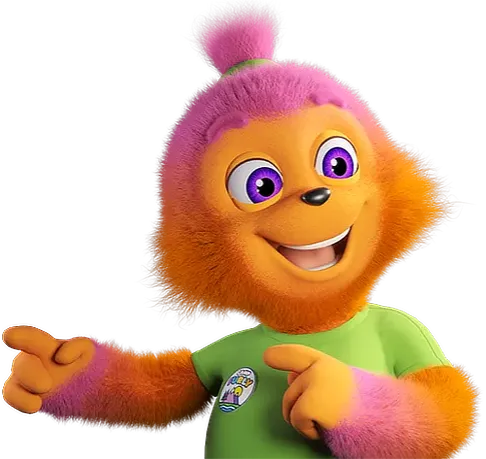Augmented Reality (AR) has revolutionized the way companies market their brands. AR has enabled brands to engage with their customers on a deeper level. By using AR technology, companies can create interactive experiences for their customers that are both entertaining and informative.
AR has been used in various industries, including marketing. Companies can use AR to create immersive experiences for their customers by combining real-world objects with digital elements. This helps them to better connect with their target audience and showcase their products in an engaging manner. Additionally, mobile devices have made it easier for companies to reach out to potential customers through AR campaigns and applications.
Overall, AR is transforming the way brands market themselves and interact with their customers. It provides an engaging platform for companies to promote their products in a more creative and innovative way than ever before.

Augmented Reality (AR) is a powerful tool that can be used by brands and companies to enhance customer engagement and create unique experiences. It offers an innovative way to engage with customers, allowing them to interact with products in a more immersive way.
As mobile devices become increasingly popular, AR is becoming easier for brands and companies to use for marketing purposes. With the right strategy in place, marketers can use AR to create engaging experiences that will capture the attention of their target audience. This article will explore how you can start using Augmented Reality for marketing and the potential benefits it can bring.

Examples of Augmented Reality Brand Experiences
Coca-Cola Zero Sugar's #TakeATasteNow - Augmented Reality
Coca-Cola launched its TakeATasteNow campaign, integrating augmented reality into the customer journey to enhance the brand experience. Utilizing smartphones, users could scan a QR code on Coca-Cola products, unlocking AR experiences that included virtual try-ons and AR filters. For instance, Snapchat users could access an AR lens that allowed them to virtually try different Coca-Cola flavours, creating an immersive shopping experience that captivated the audience. This innovative use of AR in retail not only enhanced customer engagement but also showcased examples of augmented reality in fashion retail, as users explored how products looked in real-time.
By leveraging immersive technologies like AR ads and AR functionality, Coca-Cola effectively drew customers into an interactive brand world, proving that AR can significantly elevate retail experiences. The AR capabilities offered unique use cases that didn't force AR on users but instead provided a seamless way to visualize products. This approach not only improved the customer experience but also set a precedent for future marketing campaigns in the retail industry, highlighting the potential of augmented reality experiences to transform everyday shopping into a fun, engaging event.
Marcolin's Virtual Sunglasses Visualisation
Marcolin launched an innovative AR experience that allowed users to virtually try on sunglasses through their smartphone. By integrating augmented reality capabilities, this AR feature enhances the customer experience in fashion retail. Users could scan a QR code and access AR filters on social media platforms like Snapchat, providing a seamless shopping experience. With AR ads and an AR lens, Marcolin effectively engaged customers, enabling them to visualize how different lens options would look in real time.
This interactive brand experience exemplifies augmented reality in retail, leveraging immersive technologies to enhance the customer journey. Through dedicated AR functionalities, users could explore examples of AR that don't force AR but rather enrich the entire retail experience. By allowing customers to try on products in a virtual space, Marcolin's AR try-on feature stands out as a prime use case for AR in fashion, transforming how consumers interact with products.
Circle K & Niantic's rewarded AR in Pokémon Go - Snapchat
Circle K and Niantic collaborated to enhance the AR experience in Pokémon Go, effectively integrating augmented reality into their marketing campaign. Users could enjoy immersive gameplay where AR features allowed them to visualize Pokémon in real-world settings through their smartphone screens. This innovative approach provided an engaging brand experience that showcased examples of augmented reality in action, such as the ability to virtually try products using AR try-on technology, similar to Snapchat filters.
By leveraging augmented reality in fashion retail, brands can create interactive AR ads that enhance the customer journey. For instance, virtual try-ons allow customers to try on outfits using AR functionality, making shopping experiences more engaging. With AR lenses and AR glasses, users can interact with products in real-time, providing a seamless blend of virtual reality and physical retail. These immersive technologies are shaping the future of the retail industry, offering exciting use cases that attract social media platform users and enhance the overall customer experience.
Christian Dior Parfums AR Beauty Try-On - AR Advertising
Christian Dior Parfums launched an innovative AR experience that transformed the shopping experience in the beauty industry. By integrating augmented reality into their marketing campaign, they allowed users to virtually try different fragrances through a dedicated AR feature on smartphones and social media platforms like Snapchat. This immersive technology enabled Snapchat users to visualize how the scents might fit into their lifestyle, thanks to AR filters and AR lenses that overlay digital elements onto the real world.
The customer journey was enhanced with interactive AR advertising, allowing customers to scan a QR code to access AR try-ons in real-time. This use case of augmented reality in retail not only elevated the brand experience but also provided an engaging platform that demonstrated the AR capabilities of Dior's products. By leveraging augmented reality in fashion, Dior successfully created memorable retail experiences that resonated with consumers.
Warner Bros & Snapchat's Barbie AR activations
Warner Bros partnered with Snapchat to create innovative augmented reality activations for their Barbie marketing campaign. These AR experiences allowed Snapchat users to virtually try on Barbie-themed outfits using AR filters and AR lenses. By leveraging augmented reality in fashion, the campaign provided an interactive brand experience that enhanced the customer journey. Users could scan a QR code with their smartphones to access the augmented reality features and visualize their favourite looks in real time. This use case exemplified how AR in retail can create a more engaging shopping experience, showcasing examples of augmented reality that consumers could easily connect with on social media platforms.
The integration of immersive technologies into the fashion retail landscape is revolutionizing the customer experience. By allowing customers to try on outfits virtually, brands are not forcing AR but instead providing AR-enabled shopping experiences that resonate with users. AR advertising and AR ads are transforming the retail industry by making augmented reality experiences more accessible. This AR feature not only enhances the shopping experience but also encourages engagement with interactive brand elements, demonstrating the potential for AR in fashion to shape the future of retail.
Maybelline New York - The World's Largest AR Mirror
Maybelline New York introduced the world's largest AR mirror, revolutionizing the customer journey within the fashion retail industry. This innovative AR experience allows users to virtually try on various products through an interactive brand experience. By leveraging augmented reality in retail, customers can visualize their options in real-time, enhancing their shopping experience. For example, Snapchat users can access AR filters and AR lenses, enabling them to see how makeup looks on their own faces using a smartphone. This AR functionality integrates seamlessly with existing social media platforms, allowing brands to personalize and elevate their advertising initiative while providing augmented reality experiences.
By implementing augmented reality in fashion retail, Maybelline's AR mirror serves as a prime use case of how engaging technologies can transform the retail experiences. The platform utilizes QR codes to unlock AR try-ons, allowing customers to overlay products onto their images through AR ads. This AR feature not only enhances the customer experience but also fosters deeper engagement with the brand. As AR capabilities continue to evolve, they will play a crucial role in shaping the future of fashion retail, ensuring that brands don't force AR but instead create meaningful interactions that resonate with users.
Conclusion
In today's competitive landscape, integrating augmented reality into your marketing strategy is essential for enhancing the customer journey. With innovative AR experiences, brands can create immersive interactions that captivate users. For example, virtual try-ons allow customers to virtually try products using their smartphone, transforming the shopping experience. AR filters on platforms like Snapchat not only engage Snapchat users but also provide a unique brand engagement that resonates with audiences.
By leveraging augmented reality in retail, brands can enhance customer experience through AR ads and augmented reality tools , such as AR lenses that overlay information in real time. Notable examples of AR include the ability to visualize products in an AR room or using a QR code to access interactive brand experiences. In 2022, many brands saw success by implementing AR capabilities that allow customers to try products virtually, showcasing the potential of augmented reality in fashion retail and beyond.
Related Pages
Need your AR app call us today!
We are a team of experienced AR developers based in Manchester UK, but we work with clients all over the world.
Call now +44 (0) 7798 834 159

